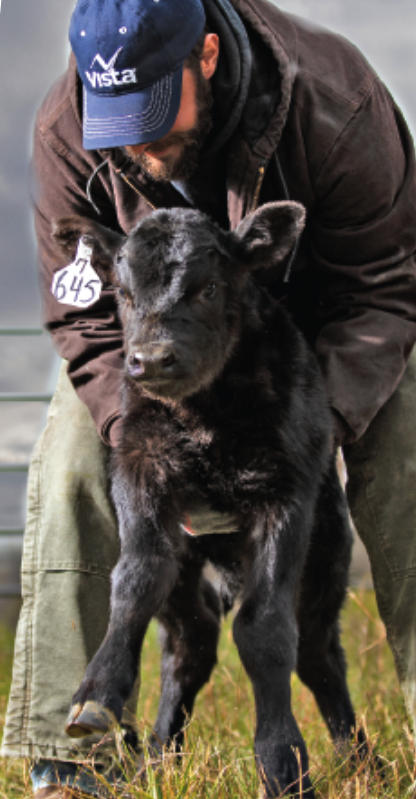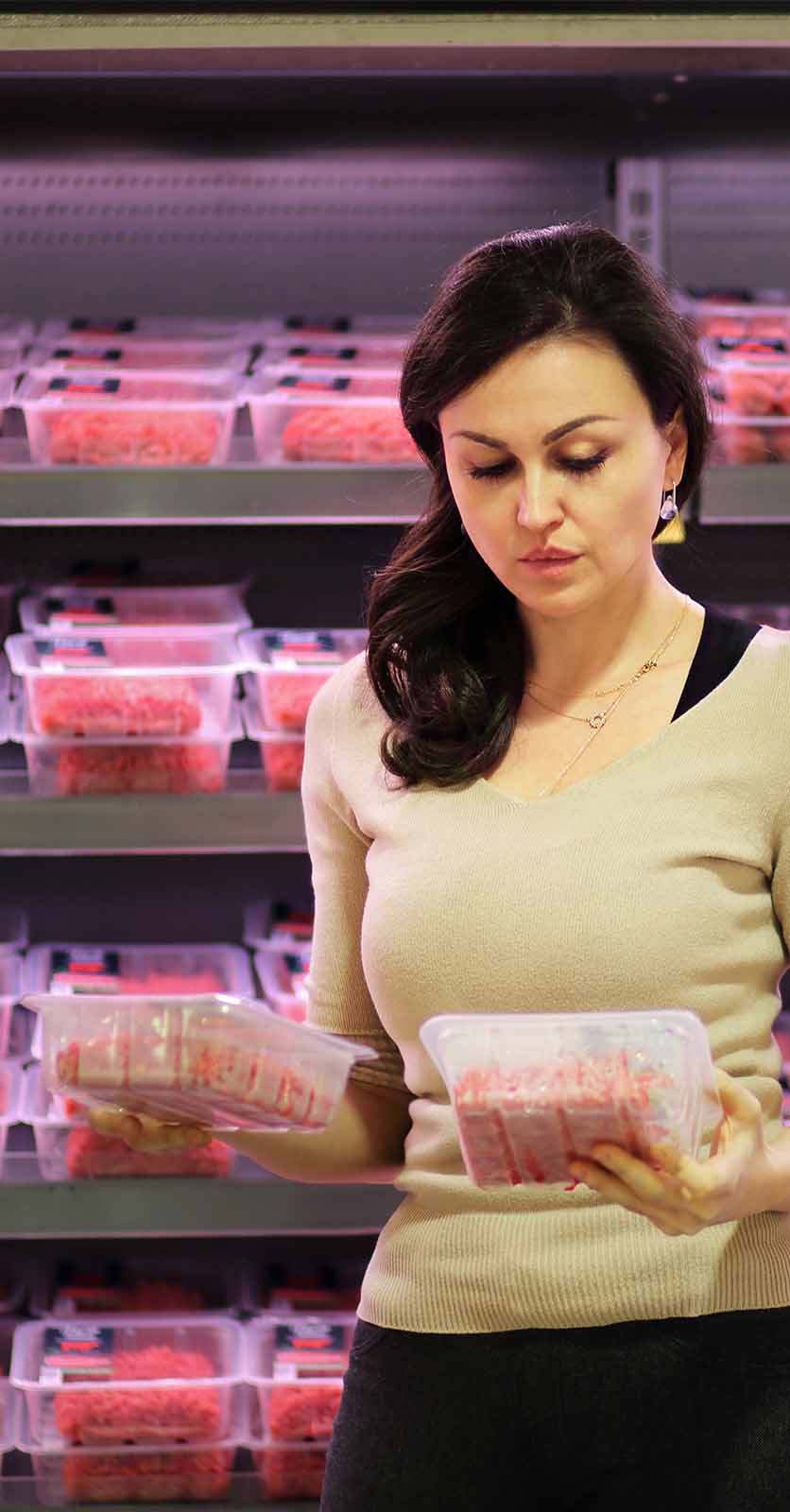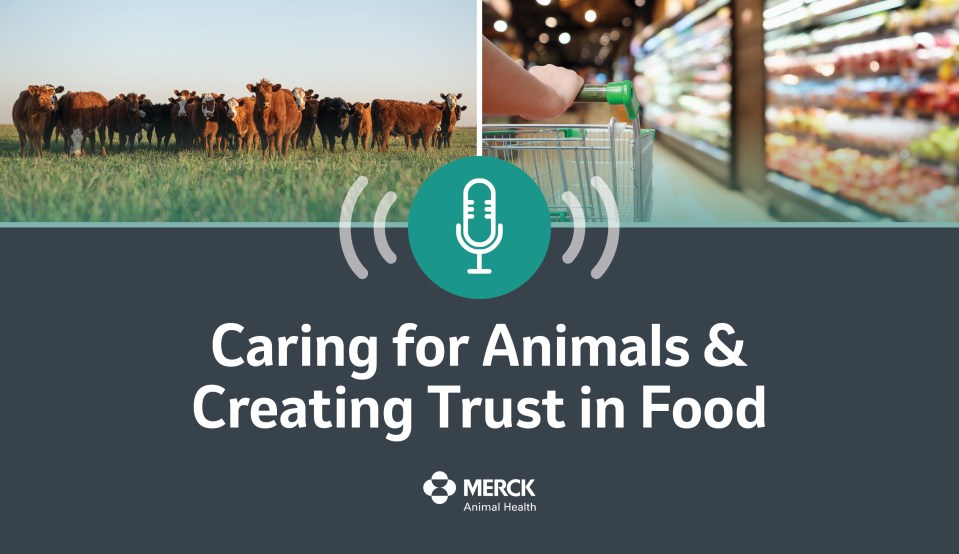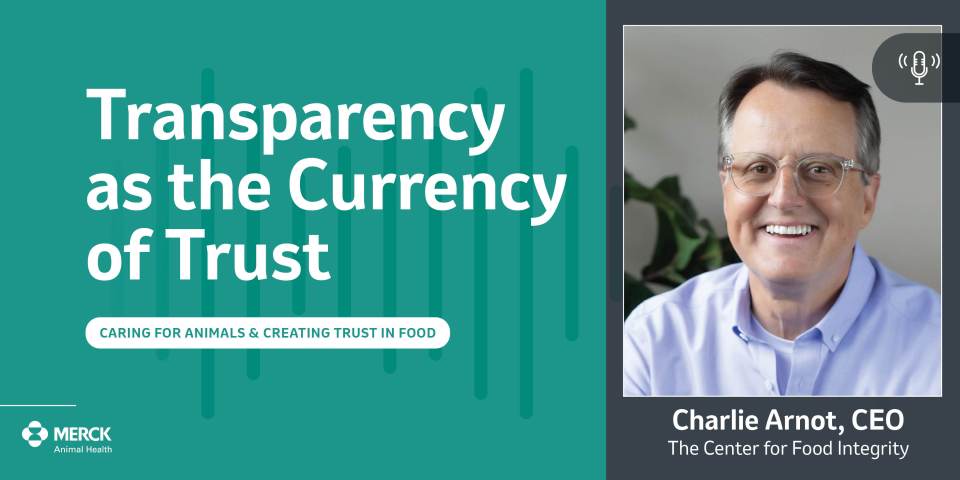Technology. Transparency. Trust.
We deliver transparency through innovative technology, data and valuable insights.
By engaging as a trusted partner and collaborating with food value chain stakeholders, we can find ways to advocate for agriculture, increase understanding and trust of modern production agriculture and promote continuous improvement in animal protein production.




Caring for Animals & Creating Trust in Food Podcast
Today’s global consumers are very clear in their demand for safe, affordable, and sustainable protein. To continue to meet these rising expectations requires both leadership and collaboration with food value chain and supply chain stakeholders, academia, and the veterinary community. Merck Animal Health is pleased to amplify the voices of leaders throughout the food value chain on the Value Chain & Consumer Affairs Team podcast, Caring for Animals and Creating Trust in Food.

Recent News
Transparency Builds Trust with Consumers
Stakeholders across the food supply chain face increasing skepticism from customers, consumers and investors demanding transparency, not only on food safety and ingredients, but also animal welfare, labor/business practices and environmental impact. In our first-ever Transparency in Animal Protein consumer research study, two-thirds of consumers reported transparency in animal protein – meat, fish, eggs and dairy – is extremely or very important and they also identified animal care and sustainability as important purchase considerations. Center for Food Integrity’s CEO Charlie Arnot is our guest on the Caring for Animals & Creating Trust in Food podcast.

